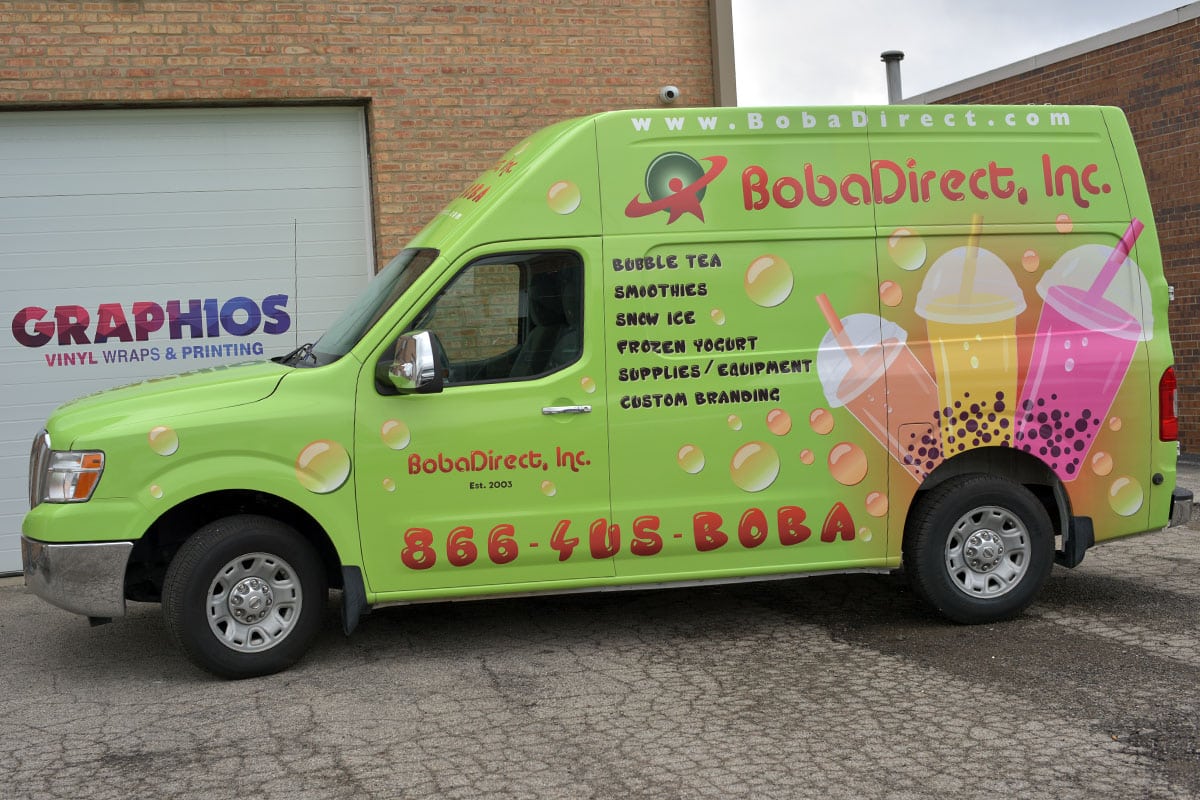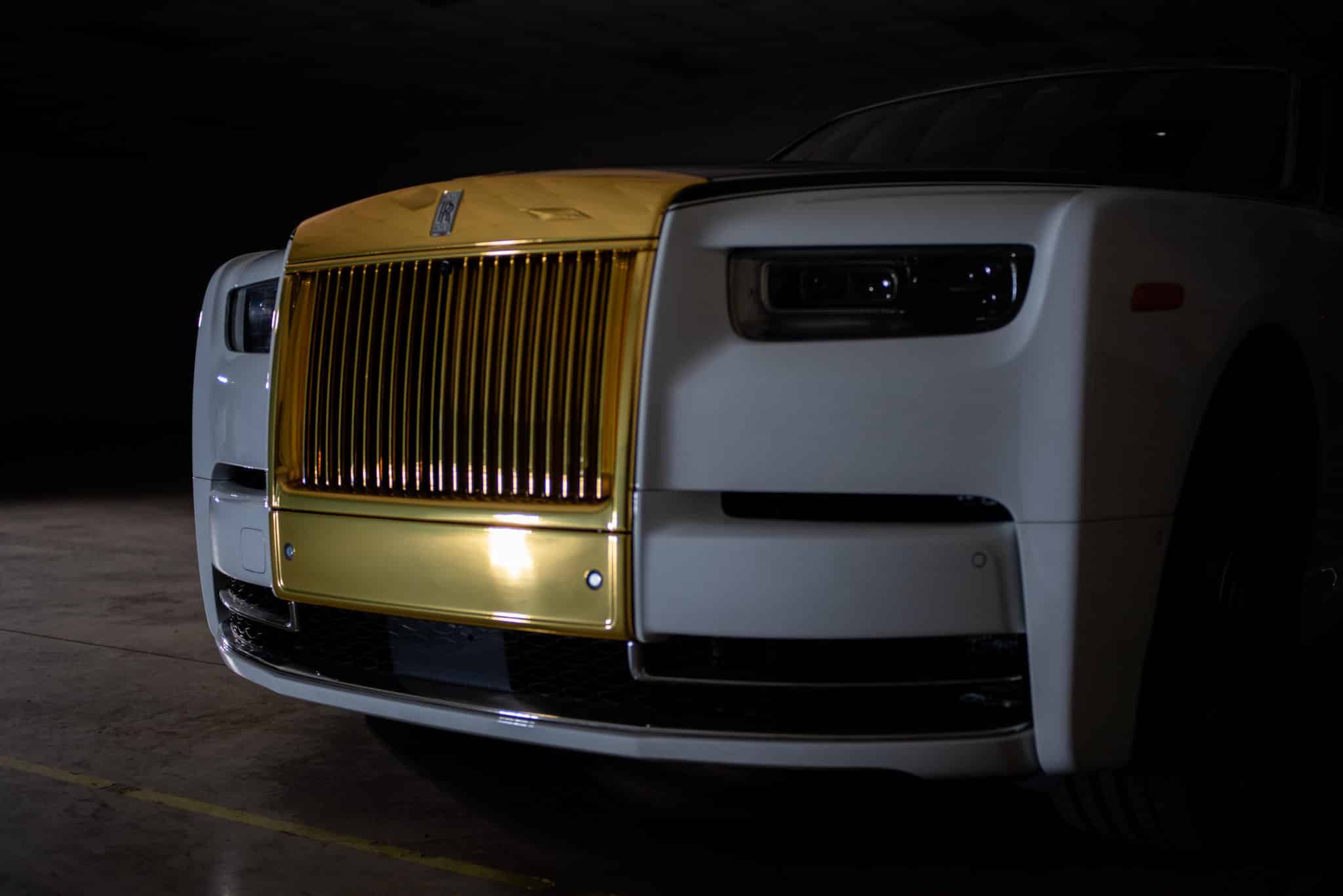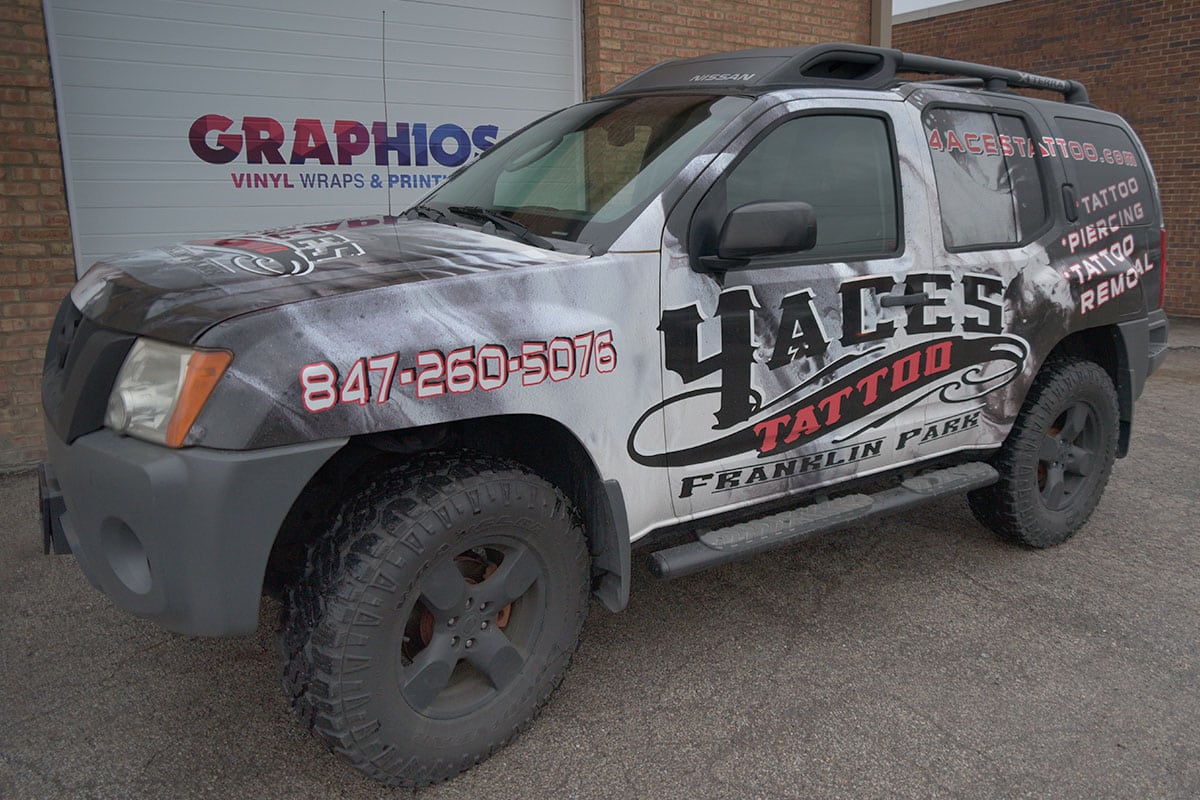Fleet Commercial Vehicle Wraps
Commercial vehicle graphics are an effective way for businesses to advertise and promote their brand, products, or services. These graphics can include anything from simple text and logos to more elaborate designs, and are typically printed on vinyl or another type of durable material. In this article, we will explore the process of designing, printing, and installing commercial vehicle graphics for a fleet of vehicles.
Designing Commercial Vehicle Graphics
The first step in creating commercial vehicle graphics is to design the graphics themselves. This can be done by a professional designer or by the company that will be printing and installing the graphics. When designing commercial vehicle graphics, it is important to consider the following:
Brand Identity: The graphics should reflect the company’s brand identity, including the company’s colors, logo, and messaging.
Size and Placement: The graphics should be designed with the size and placement of the vehicles in mind. For example, a large graphic on the side of a van will be more visible than a small graphic on the back of a car.
Durability: The graphics should be designed to withstand the wear and tear of being on the road, including exposure to the elements and accidental damage.
Printing Commercial Vehicle Graphics
Once the graphics are designed, they are then printed on a durable material, such as vinyl. There are several types of vinyl that can be used for commercial vehicle graphics, including:
Calendered Vinyl: Calendered vinyl is a less expensive option, but it is not as durable as other types of vinyl. It is typically used for short-term graphics, such as temporary promotions or events.
Cast Vinyl: Cast vinyl is more expensive, but it is also more durable and long-lasting. It is typically used for long-term graphics, such as those used for branding or advertising.
Printing commercial vehicle graphics typically involves the use of large format printers, which can print graphics up to several feet wide. The printing process is done in a controlled environment to ensure the best possible results.
Installing Commercial Vehicle Graphics
Once the graphics are printed, they are then ready to be installed on the fleet of vehicles. This process is typically done by a professional installer, who will have the necessary tools and equipment to apply the graphics correctly.
Preparation: Before the graphics are installed, the vehicles must be cleaned and inspected for any damage or imperfections. Any existing damage or rust should be repaired before the graphics are applied, as the graphics will not cover up these issues.
Measuring and Cutting: The installer will take measurements of the vehicles to ensure that the graphics will fit correctly. The graphics are then cut to size, if necessary.
Application: The graphics are then applied to the vehicles by the professional installer. The process typically takes several hours and requires a high level of skill and attention to detail.
Care: After the graphics are installed, it is important to take care of them properly to ensure that they last as long as possible. This includes regular cleaning and avoiding certain chemicals and abrasives that can damage the graphics.
Benefits of Commercial Vehicle Graphics
There are several benefits to using commercial vehicle graphics, including:
Advertising: Commercial vehicle graphics are an effective form of advertising, as they can be seen by thousands of people on a daily basis.
Cost-effective: Commercial vehicle graphics are a cost-effective form of advertising, as they can be used for several years.
Flexibility: Commercial vehicle graphics can be easily removed or changed, allowing businesses to update their advertising as needed.




